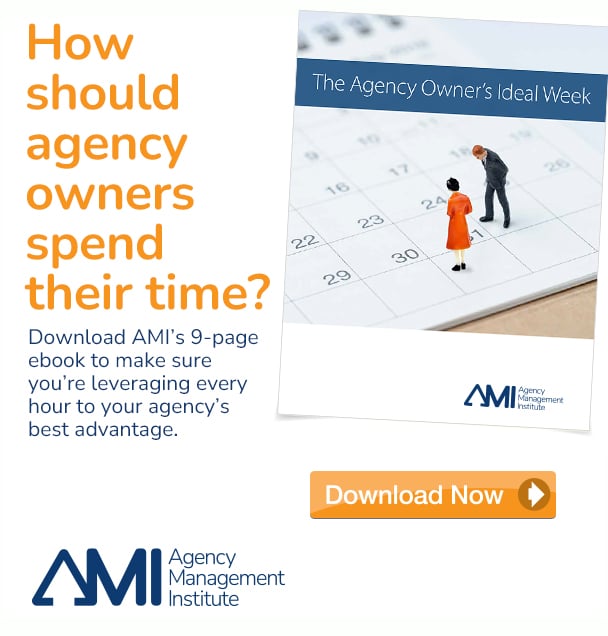True or false?
Anyone involved in the advertising process can be held liable under most regulations and statutes that govern false advertising.
Oh. so. true.
The advertiser, the Agency, and anyone else involved who knowingly, or sometimes negligently, fails to follow the rules, is on the hook.
In addition to traditional and digital advertising, when you think about the current state of influencer marketing, and the tangled web of risks around each brand and #ad campaign, it’s easier to visualize the vulnerability of agencies when it comes to implementing these tactics.
False claims and advertising can lead to financial, legal, and brand loyalty and reputation issues. It can also completely disrupt your Agency’s relationship with a valued client. But what exactly are the rules around false advertising and where do they come into play?
Understanding False Advertising
False advertising involves the stating of untrue claims about the performance, reliability, functions and features of whatever product or service is being promoted. This not only applies to the way a product works, but also includes its origin and the way it is manufactured.
It isn’t just outright lying in advertising that gets you in trouble with regulators, but also making claims or omissions that could mislead regulators, competitors or consumers.
- Actual False Claims: Stating information that is clearly false and incorrect.
- Misleading Claims: Messages that allude to or imply incorrect information that can mislead the buying audience.
- Unsubstantiated Claims: The presentation of information that can’t be verified, including that of competition.
Four Ways Your Agency Can Get Into Trouble
1. No substantiation of claims
Do not make any claims about the product or service that you or your client cannot verify. Sources such as product research, consumer or professional surveys, or scientific research lays the foundation for your claims at hand, and can be produced if a claim is challenged.
2. Not performing adequate competitor research
Communicating your competitive advantages can come with consequences if you haven’t done your homework. This is especially true when you are making claims about other products on the market, such as in comparative advertising. If you can’t prove it, don’t say it.
3. Advertising targeted to vulnerable audiences
Think about your target audiences and demographics. Are you advertising to children, seniors, those with special needs? Are you in a highly regulated industry where every message shared has meaning and potential consequence? Ensure the accuracy and clarity of your claims so that they are easy to understand.
4. Being confusing or nontransparent in marketing
Know the rules about transparency in marketing, and make full disclosures about any consideration given for testimonials or recommendations, or about any conditions or content in your marketing that could mislead a consumer. This means not just identifying a paid spokesperson, but also disclosing when someone was given free product to try, free event tickets, or any other sort of compensation for their contribution to the advertising. It also means disclosing any conditions surrounding the marketing that could impact the results depicted.
How to Avoid or Minimize Your Agency’s Liability
- Review any ad or marketing copy, or design, that makes a product or service claim, closely.
- Ask client questions about substantiation of claims: documentation, research, retention policy.
- Use reputable third-party research outlets.
- Require client’s legal to review and approve copy and claims pre-release.
- Be aware of industries and audiences that are especially risky: kids, seniors, disabled, food, health, insurance and finance.
- Put indemnification and hold harmless clauses in Agency-Client contracts.
In the creative process, many rules are meant to be broken. Make sure that truth in advertising is not one of them by safeguarding your agency in your client relationships and campaigns.





